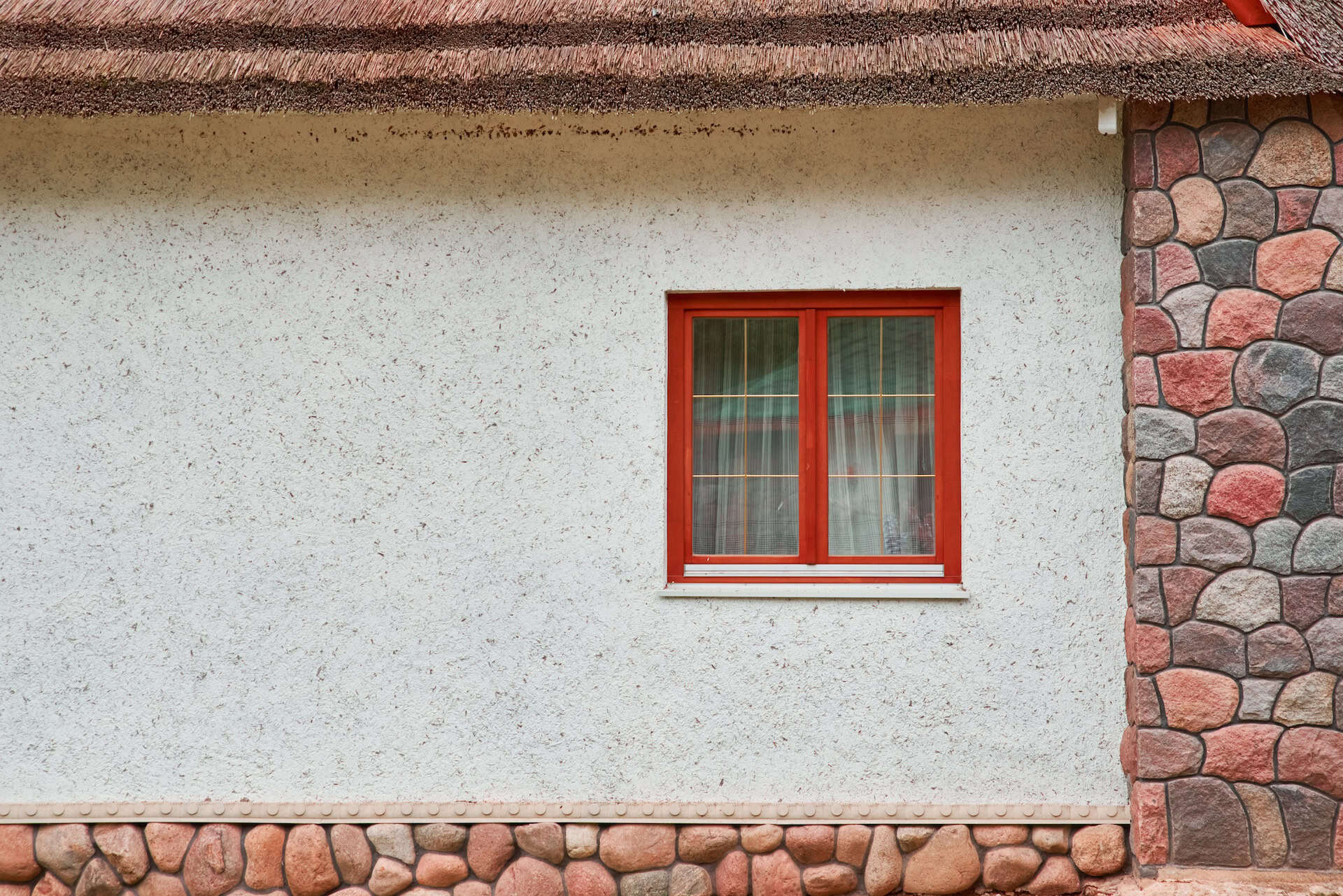Your home’s exterior paint does more than just boost curb appeal—it protects your house from the elements. Over time, weather, sun exposure, and wear can break down even the highest-quality paint, leaving your home vulnerable to damage. But how do you know when it’s time for a fresh coat?
In this guide, we’ll explore the key signs that your home needs repainting, the risks of delaying, and how professional residential painting services can help maintain your home’s beauty and structural integrity.

Why Exterior Paint Matters
Before diving into when to repaint, it’s important to understand why exterior paint is crucial:
- Protection Against the Elements – Paint acts as a barrier against rain, wind, UV rays, and temperature fluctuations.
- Preventing Wood Rot & Mold – Peeling or cracked paint allows moisture to seep into wood, leading to rot and mold growth.
- Boosting Curb Appeal & Value – A fresh coat of paint enhances your home’s appearance and can increase its market value.
Now, let’s look at the telltale signs that it’s time for a new paint job.
6 Signs Your Home Needs a Fresh Coat of Paint
1. Fading or Chalky Paint
Sun exposure breaks down paint pigments over time, especially in bright colors. If your home’s exterior looks dull or leaves a chalky residue when touched, UV damage has likely degraded the paint’s protective layer.
What to Do:
- Light-colored paints fade slower but still need maintenance.
- Consider high-quality, UV-resistant paint for longevity.
2. Peeling, Cracking, or Bubbling
Peeling paint isn’t just an eyesore—it’s a red flag for moisture damage. When paint bubbles or cracks, water may be trapped beneath, risking wood rot.
Common Causes:
- Poor initial prep work (e.g., painting over dirt or old flaking paint).
- Moisture intrusion from leaks or high humidity.
What to Do:
- Scrape off loose paint, sand the surface, and apply primer before repainting.
- Check for underlying water damage (e.g., soft wood, mold).
3. Visible Wood Rot or Mold
If you notice soft, discolored wood or black/green mold spots, your paint has failed as a protective layer.
What to Do:
- Replace rotted wood before repainting.
- Treat mold with a bleach solution or anti-fungal primer.
- Ensure proper sealing and caulking to prevent future moisture issues.
4. Caulk Deterioration
Caulk seals gaps around windows, doors, and trim. When it cracks or shrinks, moisture can seep in, damaging the structure.
What to Do:
- Remove old caulk and reapply a high-quality, paintable sealant.
- Repaint over fresh caulk for a seamless finish.
5. Paint That’s Over 7-10 Years Old
Even if your paint looks fine, age matters. Most exterior paint lasts:
- 7–10 years for acrylic/latex paints.
- 5–7 years for lower-quality or oil-based paints.
What to Do:
- Schedule a professional inspection if your paint is nearing this age.
6. You’re Preparing to Sell Your Home
A fresh exterior paint job can increase your home’s value by 2–5% and attract more buyers. Neutral, modern colors tend to have the best ROI.
What to Do:
- Consult a residential painting company for a market-friendly color scheme.
The Risks of Delaying Exterior Repainting
Putting off a needed repaint can lead to:
✔ Structural Damage – Unprotected wood rots, requiring costly repairs.
✔ Higher Energy Bills – Faded paint absorbs more heat, while cracked paint allows drafts.
✔ Decreased Home Value – Peeling paint can deter potential buyers.
DIY vs. Hiring Professional Painters
While some homeowners attempt exterior painting themselves, professional residential painting services offer key advantages:
✅ Proper Surface Prep – Pros know how to repair, sand, and prime correctly.
✅ Quality Materials & Tools – Commercial-grade paints and sprayers last longer.
✅ Safety – Professionals handle ladders, scaffolding, and high areas safely.
✅ Time Savings – A pro crew can finish in days vs. weeks for DIYers.
When to DIY: Small touch-ups or single-story homes with minimal prep.
When to Hire Pros: Multi-story homes, extensive damage, or if you want a long-lasting finish.
How Often Should You Repaint?
The frequency depends on your home’s materials and climate:
| Material | Repaint Frequency |
| Wood Siding | Every 3–7 years |
| Stucco | Every 5–10 years |
| Brick (painted) | Every 7–15 years |
| Aluminum Siding | Every 5–10 years |
| Fiber Cement | Every 10–15 years |
Climate Impact:
- Sunny, hot climates – Paint fades faster; repaint more often.
- Rainy, humid climates – Moisture speeds up peeling; check for mold.
- Cold climates – Freeze-thaw cycles crack paint; inspect annually.
Choosing the Right Paint & Color
Best Exterior Paint Types
- 100% Acrylic Latex – Most durable, flexible, and breathable.
- Elastomeric Paint – Stretches to cover cracks, great for stucco.
- Mildew-Resistant Paint – Ideal for humid climates.
Color Selection Tips
- Lighter colors fade slower than dark ones.
- Neutral tones (whites, grays, beiges) appeal to buyers.
- Accent colors (doors, shutters) add personality without overwhelming.
Final Thoughts: Don’t Wait Until It’s Too Late
Your home’s exterior paint isn’t just about looks—it’s a critical shield against weather and decay. If you notice fading, peeling, or wood damage, it’s time to act.
Also Read
Types Of Paints Used In Building




